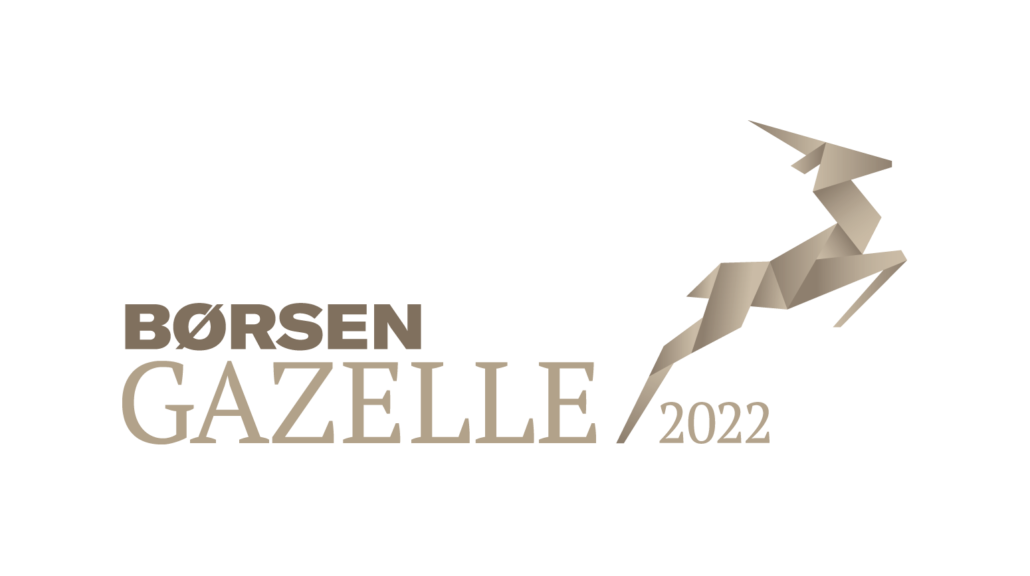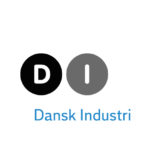Industry suppliers have to cooperate
Feature by Benny Thomsen, CEO of Spica Technology and Henrik Wadmann, Project Manager at Hub North.
We have to think in new ways and cooperate, if we want to continue to be suppliers to the global wind power industry.
Denmark is home to many small and midsized engineering and production companies whose business is to produce components, deliver and market services to the wind power industry.
The wind power industry, however, has changed profoundly following the global financial crisis, and new steep demands from the large turbine manufacturers and utilities have appeared. Prices need to be kept down, and we as suppliers have to deliver larger quantities more quickly, and we have to manage more of the combined processes.
The new reality of wind power
In this new reality, it is of no use to put on blind folders and keep repeating that things have become harder than they used too. This is a self-fulfilling prophecy, and I think that those people expecting the good old days to return are waiting in vain. Instead, we have to continually and systematically change the way we do business to be able to deliver those products that customers want.
Therefore, it is often necessary to come up with a concrete growth strategy which is either focused on company take over’s or other types of growth. For instance, a supplier may enter into cooperation with other suppliers so that we may bundle our products and services to offer product packages of much greater value to the larger wind turbine manufacturers and utilities. The days when a company could supply a single, small component to Siemens or Vestas are most likely over.
In reality, the wind power industry is regulated by two, in principle simple, but in reality complex factors: supply and demand. It is the job of the supplier to deliver what the customer wants. If the situation for the customer changes, the customer expects suppliers to be aware of these changes and to act accordingly. To be able to meet changing demands, we need to know and grasp what customers need, also in the long term.
New expectations from the customers
Today’s customers expect that we are able to deliver a different kind of flexibility than before the financial crisis. They expect that we have mentally realised the necessity of being adaptable and systemically have implemented systems to ensure this is efficiently done. Besides this, other important factors specifically influence the wind power industry and impacts market attractiveness. Politics and legislation are important for many industries, but few are as affected by political movements as the wind power industry.
For years, Danish companies have thrived on the fact that we were ahead of the rest of the world in terms of wind power. We have had a competitive edge because wind power as a form of energy has been on the Danish political agenda many years before other countries. The question is if we are able to maintain that edge, or if the world is about to catch up and perhaps overtake us.
Engineers have to focus on customer needs
As engineers we are inclined to think that customers want to know all technical details associated with our products and services. It is, however, our experience that you can be in for a surprise if you dare ask your clients what they consider most important. Other and more severe obstacles for business than the functionalities of the product may exist, for instance concerns regarding supply, guarantee and payment conditions or other undiscovered factors. Therefore, we have to become more market-oriented and learn to understand how our customers think.
Currently, plenty of business exists for Danish wind companies offering retrofit products on ”old” wind markets or supply products and services to new onshore and offshore wind parks in new, developing markets. Danish Universities and companies are constantly developing new technologies, for instance to optimise and advance performance of wind turbines. Those technologies are in high demand, also internationally, but you can have the world’s best product and still fail in the wind power industry. This is the sad reality for companies who fail to realise the need for a clearly defined strategy in time and develop a proper understanding of how this unique market for wind power actually works.




